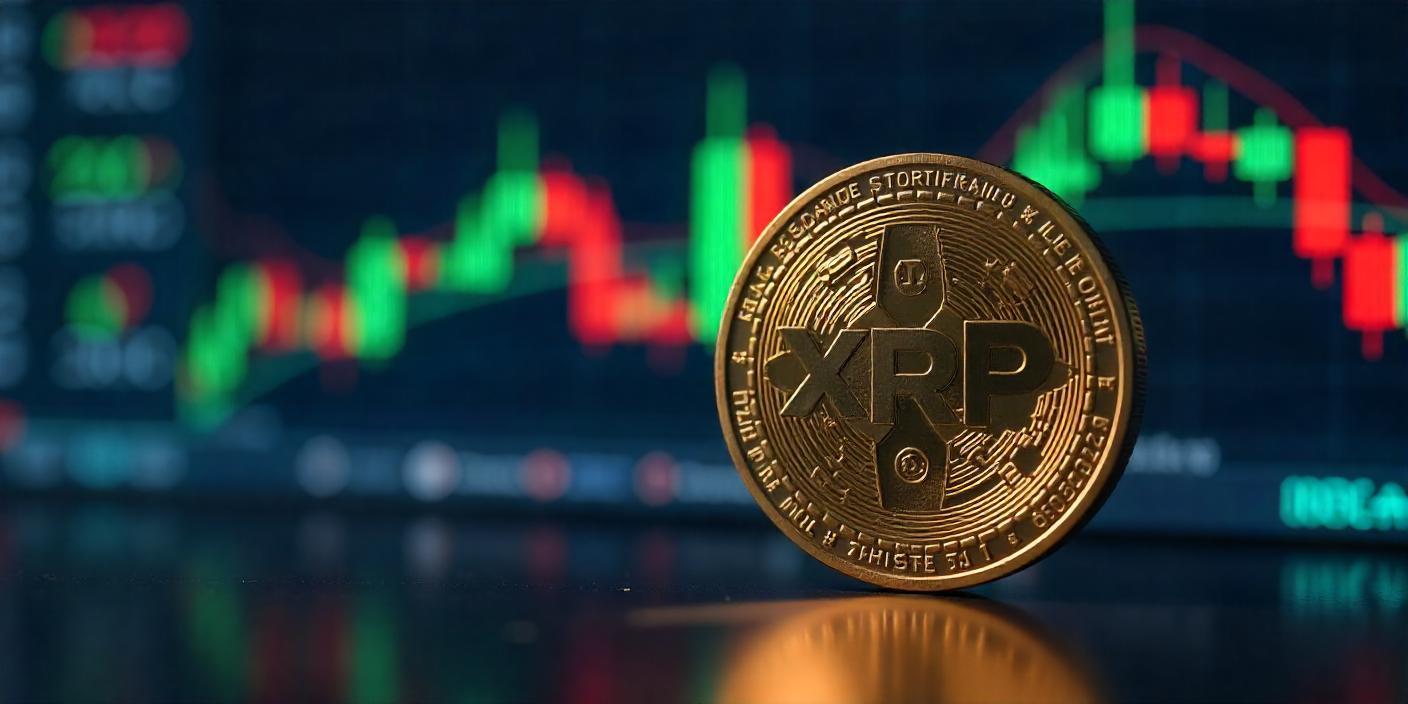XRP

Revolutionizing Government Payments with XRP: A Blockchain-Driven Future!!
As the digital age accelerates, governments are under increasing pressure to modernize outdated financial systems. The need for quicker, more transparent, and cost-effective payments has never been greater. Blockchain technology offers a transformative solution — and among the various options, XRP and the XRP Ledger stand out for their speed, scalability, and affordability.
With millions of transactions flowing through government systems — including tax refunds, public assistance, and inter-departmental fund transfers — XRP offers a reliable infrastructure to enhance efficiency and public trust. Here's how XRP is helping reshape the way governments handle payments.
Fast Settlements for Rapid Relief
Government payments traditionally rely on systems that involve multiple intermediaries and manual checks, resulting in days or even weeks of delay. Whether issuing pensions, processing subsidies, or distributing emergency aid, delays can cause real hardship.
XRP, through its decentralized ledger, enables transactions to settle within 3 to 5 seconds. This speed allows governments to:
-
Instantly deliver payments during emergencies or natural disasters
-
Quickly issue routine benefits like social security and tax refunds
-
Minimize disruptions from weekends, holidays, or time zone differences
Such agility in fund disbursement is especially critical when timely delivery can make a meaningful difference in people’s lives.
Also visit: goal123
Cutting Down Costs Across the Board
Traditional financial systems used by governments often come with a hefty price tag. Processing fees, wire transfers, and intermediary bank charges quickly add up — especially when scaled to millions of payments.
By integrating XRP, which charges only a fraction of a cent per transaction (approximately 0.0002 XRP), public agencies can drastically reduce these operational costs. Benefits include:
-
Fewer fees for international and domestic transfers
-
Less reliance on costly intermediaries
-
Simpler and more efficient financial reconciliation
These savings not only improve budgeting accuracy but also free up resources for essential public programs.
Improving Global Payments and Foreign Aid
Governments are global actors — funding humanitarian missions, managing diplomatic transactions, and partnering with international agencies. Yet, sending money across borders remains cumbersome and expensive.
XRP acts as a neutral bridge currency on the XRP Ledger, which facilitates fast, low-cost, and transparent international payments. This is ideal for:
-
Sending foreign aid quickly to disaster zones
-
Settling intergovernmental transfers with ease
-
Supporting NGOs and international contractors efficiently
XRP's capabilities streamline the often complex and delayed process of cross-border financial interactions.
Boosting Transparency in Public Finance
Citizens expect accountability when it comes to government spending. One of the core strengths of the XRP Ledger is its public nature — every transaction is recorded immutably and can be accessed by anyone in real time.
By adopting XRP-based systems, governments can:
-
Ensure full traceability of payments
-
Prevent fraud and mismanagement
-
Strengthen public trust through visible accountability
This transparency is vital for democratic governance and restoring confidence in public institutions.
Promoting Financial Access for All
In many parts of the world, access to financial services remains limited. Millions of people are unbanked, meaning they’re excluded from receiving timely government benefits or participating in the formal economy.
Using XRP, governments can send payments directly to digital wallets or mobile platforms, bypassing the need for traditional banking infrastructure. This approach:
-
Reaches remote and underserved populations
-
Enables secure fund transfers via mobile technology
-
Encourages financial inclusion and economic empowerment
It’s a game-changer for public finance in developing countries and rural areas.
Interfacing with CBDCs and Future Digital Currencies
Governments are also exploring the development of Central Bank Digital Currencies (CBDCs) to digitize national currencies. Ripple, the company behind XRP, has created tools specifically for CBDC issuance on a private version of the XRP Ledger.
These solutions can work seamlessly with XRP, enabling:
-
Cross-border CBDC payments with real-time settlement
-
Integration of digital and traditional financial systems
-
Access to XRP’s liquidity for efficient currency conversion
This interoperability positions XRP as a cornerstone of the future financial ecosystem. Staying updated on XRP price prediction models and methods can help investors make smarter, more strategic decisions.
Conclusion
As public finance undergoes a digital transformation, XRP offers a powerful platform for governments aiming to improve speed, reduce costs, and enhance transparency. From social welfare distribution to cross-border diplomacy, XRP provides a blockchain-based solution that meets the evolving needs of modern governance. With proven success in the private sector, XRP is well-positioned to help public institutions leap into the next era of digital finance.